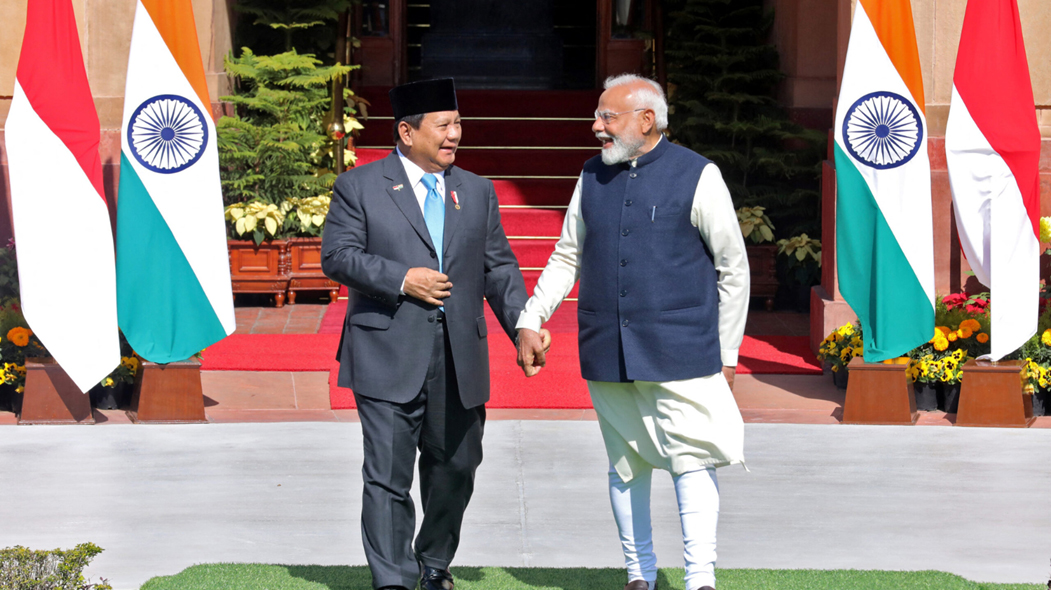On February 1 2025, the imposition of tariffs by the U.S. President Donald Trump over Canada, Mexico and China have sparked concerns among various regions and states. According to the Trump administration 2.0, the imposition of tariff is a way to address the undue trade advantages, curb illegal immigration, and drug trafficking. The imports from Canada and Mexico are imposed with 25 percent tariff (10 percent tariff is imposed on the energy products from Canada) whereas tariffs on China are levied at 10 percent. In the recent report published by the White House on March 3 2025, it has stated that the Trump administration is proceeding to implement the tariffs over these three states under the International Emergency Economic Powers Act (IEEPA) so as to combat the extraordinary threat to the U.S. national security. The tariffs on China are currently raised to 20 percent.
The Trump administration has used the threats of tariff to encourage relocation of the overseas factories to the U.S. However, on the other hand the imposition of tariffs on imports is going to aggravate the inflation situation as most of the U.S. companies are going to pass on the higher costs to the customers. This apprehensive condition concerning the US tariff policies have already sent shocks across the world and on 10th March 2025 the U.S. stock market sharply plummeted over the concerns on the same issue. However, President Donald Trump said on a TV interview that the world’s biggest economy was in a “period of transition”.
Concerns in the Indo-Pacific region regarding the U.S. tariffs
Given the above-mentioned context, there are serious apprehensions that several economies of the Indo-Pacific region are going to face higher tariffs under the U.S. administration’s new Fair and Reciprocal Plan that targets bilateral trade surpluses, tariff differentials and other “imbalances”. This region has already witnessed the ongoing trade and tech war between the U.S. and China. Till 2024, the outgoing Joe Biden administration continued to announce ballooning tariffs on Chinese goods as a measure to de risk, decouple and diversify away from China’s supply chains in chips and low-carbon technologies. Hence, this region has been for long have been spectator of this tech-war which have the potential to disrupt the global supply chain. Additionally, the strategic location of this region and close economic and defence relations (especially with the U.S.) with both competitive great powers, make it all the way more sensitive and vulnerable to the ongoing and proposed upcoming changes.
Since the tariff policies are designed to target those states which are enjoying trade surpluses and impose high tariffs on the imports from the U.S., have now become more susceptible to fall under the radar of the U.S. ‘s tariffs. States like South Korea, Japan, Taiwan, India, Thailand, Vietnam and Indonesia are mostly likely to be impacted if the Trump administration 2.0 is set to target these states as well. Moreover, there are several impediments which are most likely to impact these states, thereby affecting rational decisions and outcomes.
During the continuing trade and tech war between the U.S. and China, chiefly initiated the Trump administration 1.0 and subsequently followed by the Biden administration; states like Thailand, Singapore, Malaysia, Indonesia, Vietnam and Philippines have benefitted from the “China Plus Strategy”. Through this strategy most of the companies have moved out most of their production bases from China and relocated to the above-mentioned states. It has brought greater economic stability and eventually resulted in having trade surpluses against the U.S. Since then these states have emerged to be great bases for exporting the raw materials for semiconductors to the final assembling of chips. If the U.S. starts its crackdown on these states through its tariff policies, it is going to send waves of shocks to the entire region. Additionally, the region also has concerns over the shutting down of the United States Agency for International Development (USAID) which prioritized giving grants in the areas of education, environmental protection, government and civil society, health, humanitarian aid, water and sanitation. It will eventually lead to the downsizing of funds and discontinuation of existing projects; hence reducing the soft power of the U.S. and influence in the Indo-Pacific region.
Yet another concerning issue is, if the Trump administration 2.0 goes ahead to impose 100 percent tariffs on chips manufactured by Taiwan. The intent behind this step is to return the production of these essential products back to the U.S. Whether this policy is really going to push companies to the U.S. is doubtful due to existing complexities, high cost and risks attached with the entire process. According to a report published in Focus Taiwan it is stated that President Donald Trump will “shoot himself in the foot” if he moves forward to impose this tariff policy on Taiwan. This move will simultaneously affect the tech-giant companies such as Apple Inc. and Nvidia Corp. which depend on Taiwan Semiconductor Manufacturing Corporation (TSMC). On the other hand, this move will also strain Taiwan’s market and global image as the leading manufacturer of semiconductor and will invariably benefit China. On the aspects of defence, since Taiwan and the U.S. shares a strong defence relations, the imposition of tariff will definitely lead to erosion of trust between both states. It will send shocks across the region and will diminish the role of the U.S. major security provider and defence partner of the region.
South Korea and Japan, who are considered by to be close allies of the U.S. have also come under the radar of the “reciprocal tariff policies”. Though South Korea has signed free trade pacts with the U.S. in 2007 and revised in 2018; but the tariff rates of South Korea are the second highest after India. President Trump had explicitly pointed out that the U.S. has been helping South Korea military, yet the latter’s tariff rates are high. Moreover, the U.S. President has also called for an end to the $52 billion CHIPS and Science Act, which will undoubtedly put an end to South Korea’s semiconductor industries. Currently, South Korea is reeling under an internal political crisis following the impeachment of President Yoon Suk Yeol due to the imposition of the martial law on 3rd December 2024. The political crisis has also fueled inflation rates in the state and if the U.S. goes ahead to impose tariffs on South Korea, it will add to the existing economic woes of South Korea.
On the other hand, Japan’s relation with the U.S. have also been hit by a set of serious concerns. On 3rd January 2025, the former U.S. President Joe Bidden announced his decision to block Nippon Steel’s $14.9 billion bid to acquire US steel citing concerns over national security. This was the first time when the U.S. President has banned a merger and acquisition deal involving a Japanese corporation. Subsequently, the Trump administration 2.0 has also imposed a 25 percent tariff on steel and aluminium imports into the U.S. are set to come into force on March 12 2025. The assurances of exemption from the U.S. tariff did not come even after the Japanese trade minister Yoji Muto met the U.S. officials on March 11 2025. The fact that Japan is a close economic and defence partner of the U.S. and is also a member of the Quadrilateral Security Dialogue (QUAD). However, this close relation between the states did not exempt Japan from the ongoing tariff imposition by the U.S.
Nevertheless, the imposition of the tariff has exposed a number of interdependence, sensitivities and vulnerabilities across this region. Whether the tariff policies are going to be a fail-proof strategy to address U.S’s concerns over a range of issues, can be deciphered in the coming months. On the other hand, the states which are dependent on the U.S. in more than one areas, have to re-think about and re-shape their strategies as concerns over maintaining economic stability and durability tops the concerns for any states. Not every state, especially the small states are resilient enough to face the changes which emanate from the U.S. ‘s tariff policies. Likewise, most of the above mentioned states are dependent on the U.S. for security and defence. The vulnerabilities which are being exposed can be used by the U.S. as a bargaining tool to impose its will over these states which will not only undermine their existing defence relations but can also led states to reconsider their relation with the U.S. This leads us to an open-ended question, given this complex situation: whether these states will start to forge a close relation with China in the coming times? It is quite likely these states will do a complete cost and benefit analysis before taking any significant yet altering steps.




